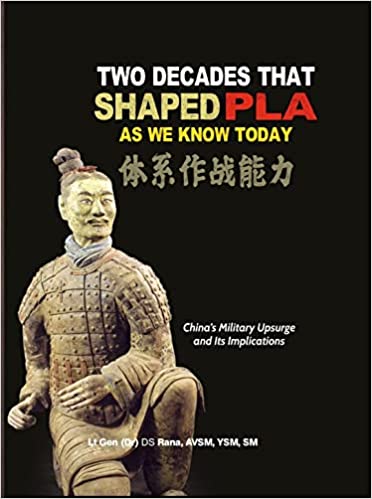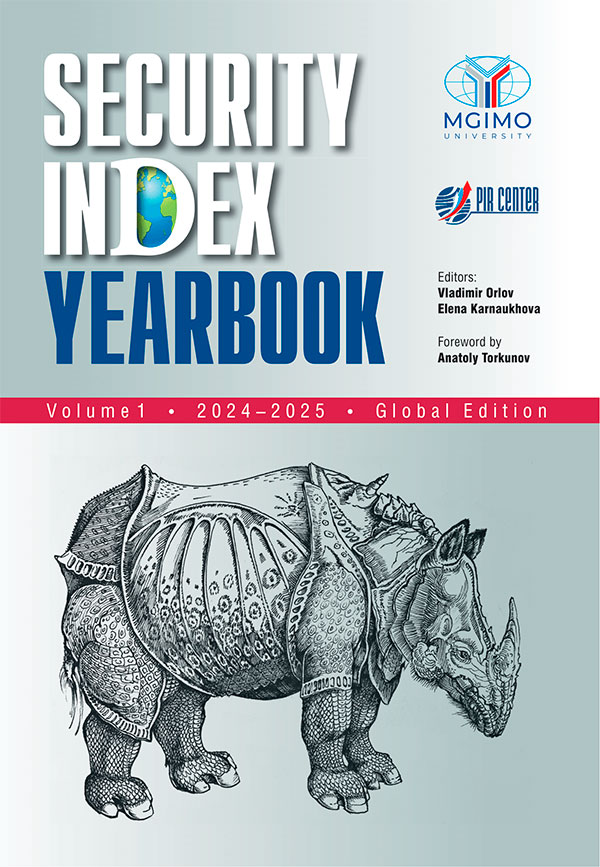The current challenge is to bring out the best from different parts of Eurasia to create a human-centred platform that is globally competitive
This year Russia celebrates the 100th anniversary of Eurasianism, a school of thought that emphasised the uniqueness of Eurasia as a continent characterised among other features ...
Connectivity is one of the key trends of the 21st century
Russia’s Greater Eurasian Partnership (GEP) is envisaged to become an important component of its contemporary foreign policy. President V. Putin simplified this grand strategic vision as “[being formed] on the basis of the Eurasian Economic Union (EAEU) and China’s ...
... of the Russian economy hardly reaches one fifth of the US, EU, or Chinese economies. Were the size of the market the main factor of the smaller post-Soviet countries’ orientation towards a regional hegemon, Russia would be the last choice for the Eurasian four. Russia itself is very dependent on the West in terms of export of gas and oil and access to capital and technology. Moreover, while the size of the Russian economy is at best 1/5 of the US economy, Russia’s military budget is only 1/10 ...
Emerging trends include the improved quality of integration and the shaping of the Union as a pragmatic and responsible partner
The development of the Eurasian Economic Union in 2019 was once again marked by deepening integration and the expansion of global trade and economic relations. Emerging trends include the improved quality of integration and the shaping of the Union as a pragmatic and responsible ...
On December 4, 2019, Russian International Affairs Council (RIAC) in cooperation with the German Council on Foreign Relations (DGAP) hosted a round table discussion related to “The Future of Eurasia: Mapping out Concepts, Practices for Possible Russia-EU-China Cooperation” in the framework of Russia-EU-China-Central Asia Strategic Dialogue on Connectivity
On December 4, 2019, Russian International Affairs Council (RIAC) in cooperation ...
... spotlight a few thematic areas in which a Russian intellectual intervention is imperative and feasible. These are the Cold war and the clash of contending world orders in the 21st century, the phenomenon and problems of globalization and the Greater Eurasia concept/project.
The Battle of (Big) Ideas
While a vast number of books on the end and the history of the Cold War have been published in the West, with widely diverse perspectives; of the Cold War seen teleologically, from the standpoint of how ...
The 5th annual report by RIAC, RAS Institute of Far Eastern Studies and the Institute of International Studies at Fudan University
The 5th annual report by RIAC, RAS Institute of Far Eastern Studies and the Institute of International Studies at Fudan University presents the сommon views of leading Russian and Chinese international affairs experts on the development of Russia–China cooperation in 2018 and the first quarter of 2019.
The authors analyze the dynamics of Russia–China interaction on...
... case with Russia and China today. Their partnership is not directed against any third countries; the relationship between Moscow and Beijing has its own driving forces and its own logic. Likewise, this partnership has nothing to do with ‘dividing Eurasia’; it does not create any threats or challenges to neighboring states.
Second, traditional relations between major powers implied sophisticated bilateral or multilateral balancing mechanisms. Russia and China do not balance each other, but rather ...
The New Encirclement and the Existential Imperative of the Eurasian Core
In a remarkable but little remarked upon address to the graduating class at West Point in May 2019, US Vice President Mike Pence told his young audience that at some time in their career they would fight for their country. “
It will ...
Prospects and bottlenecks for Greater Eurasian Partnership
Given the ongoing tensions between Russia and the European Union, only a few policy-makers and experts will give serious thought to the prospect of cooperation on connectivity between the EU, China, and Russia in Central Asia. However,...



